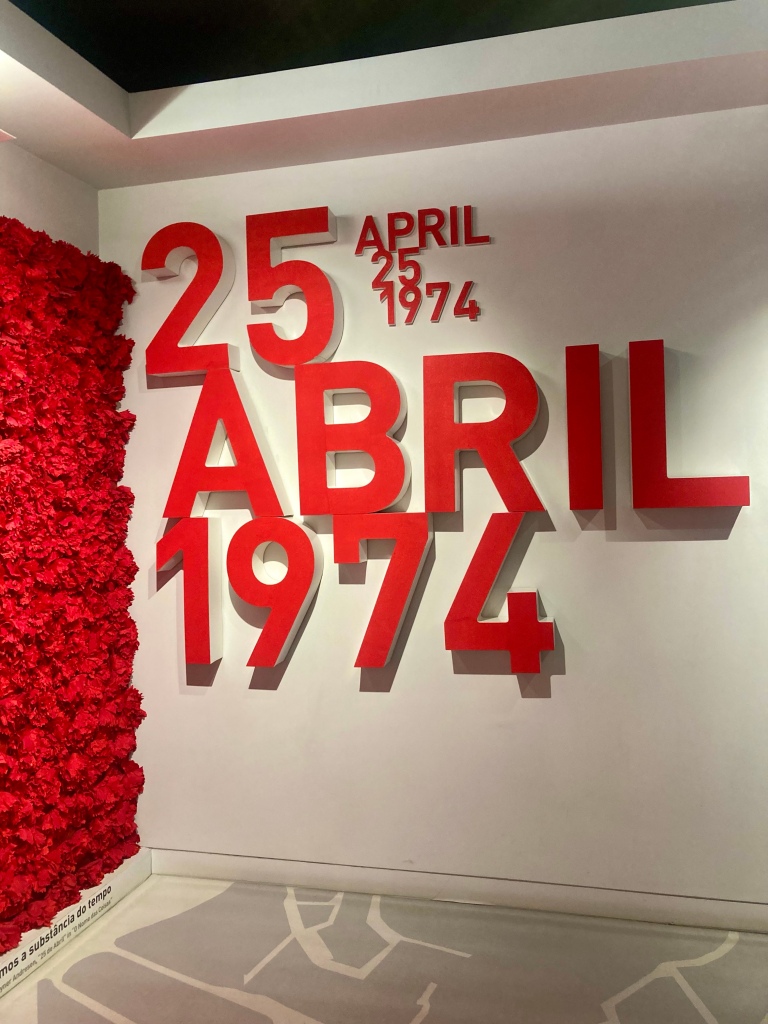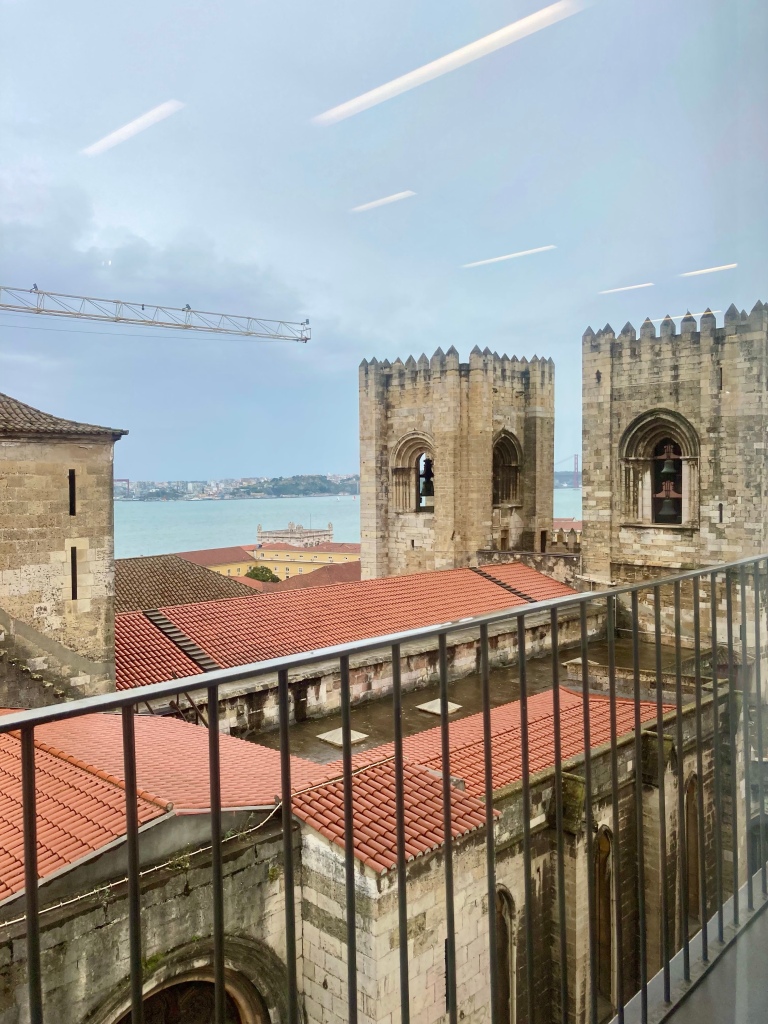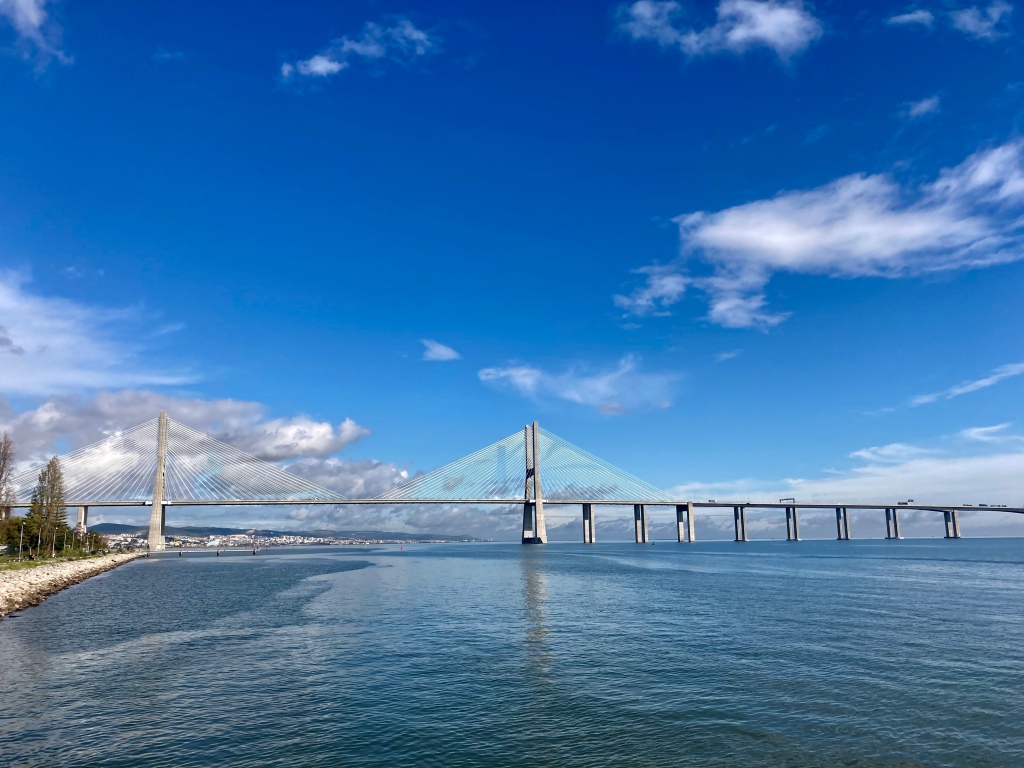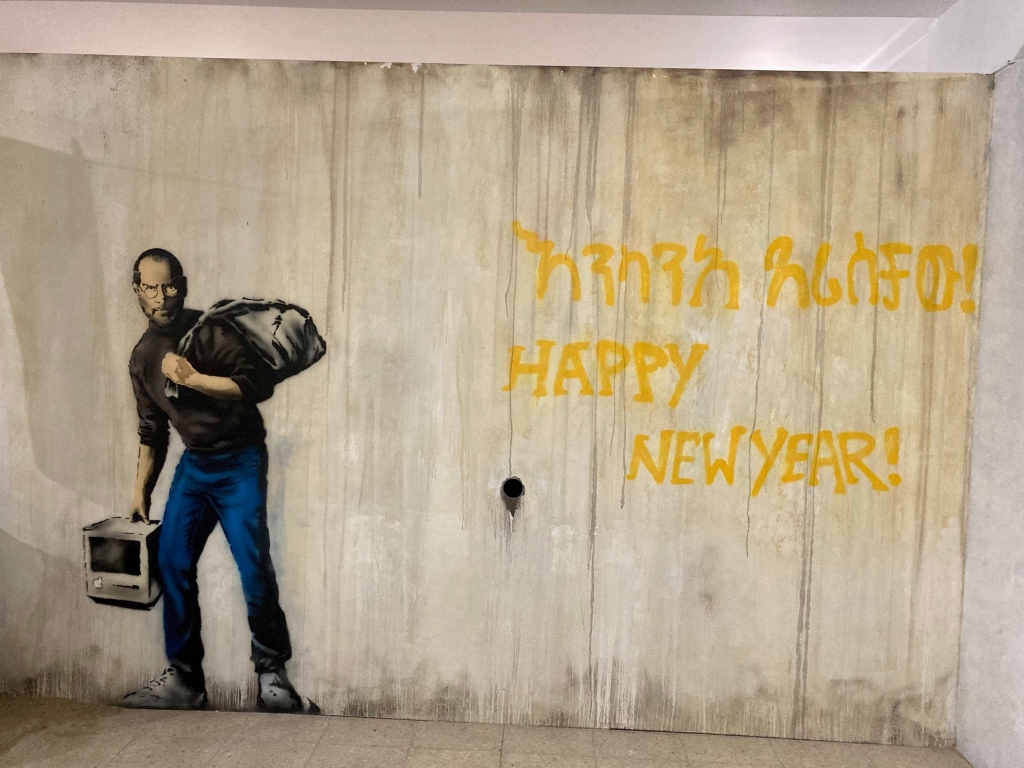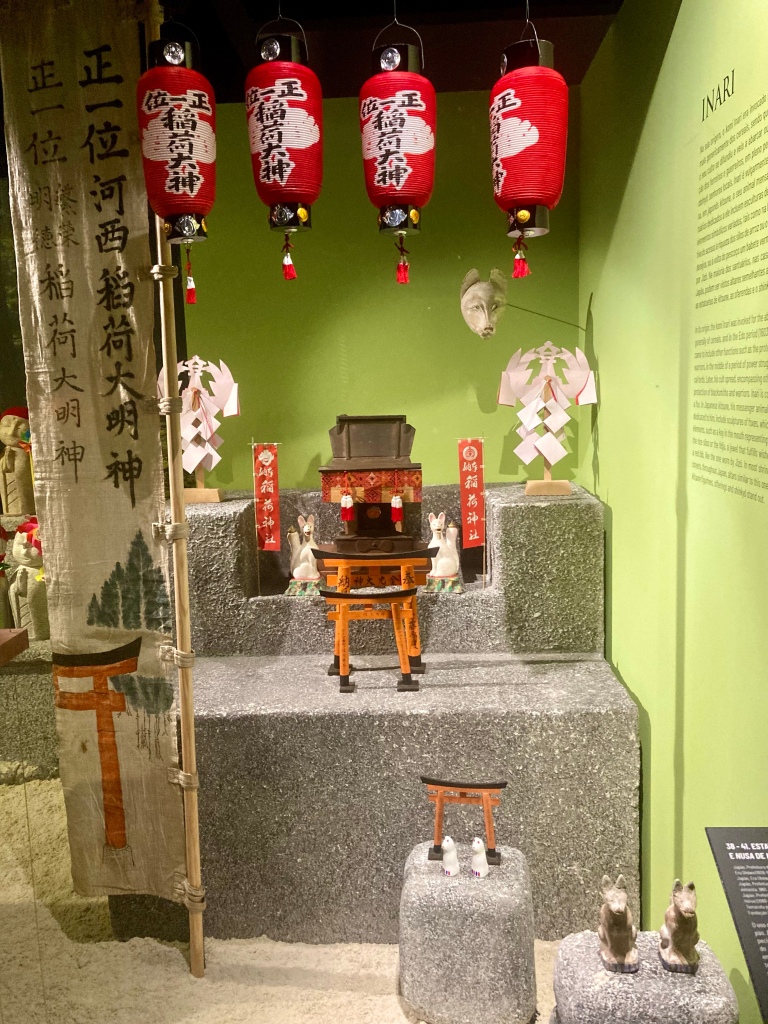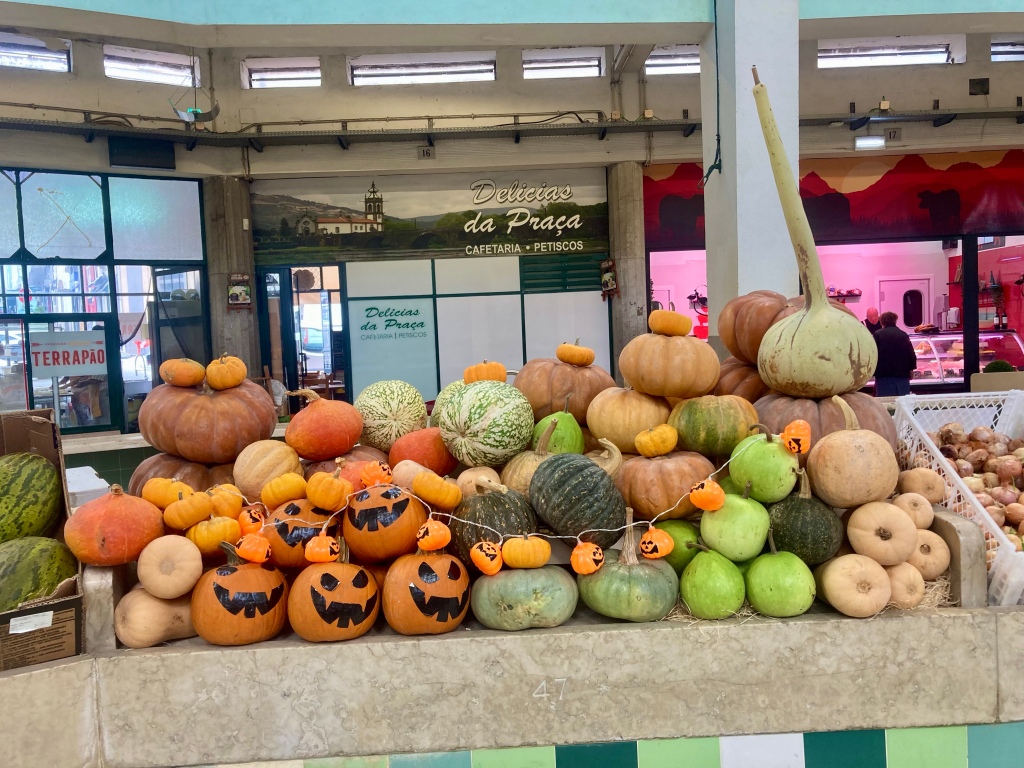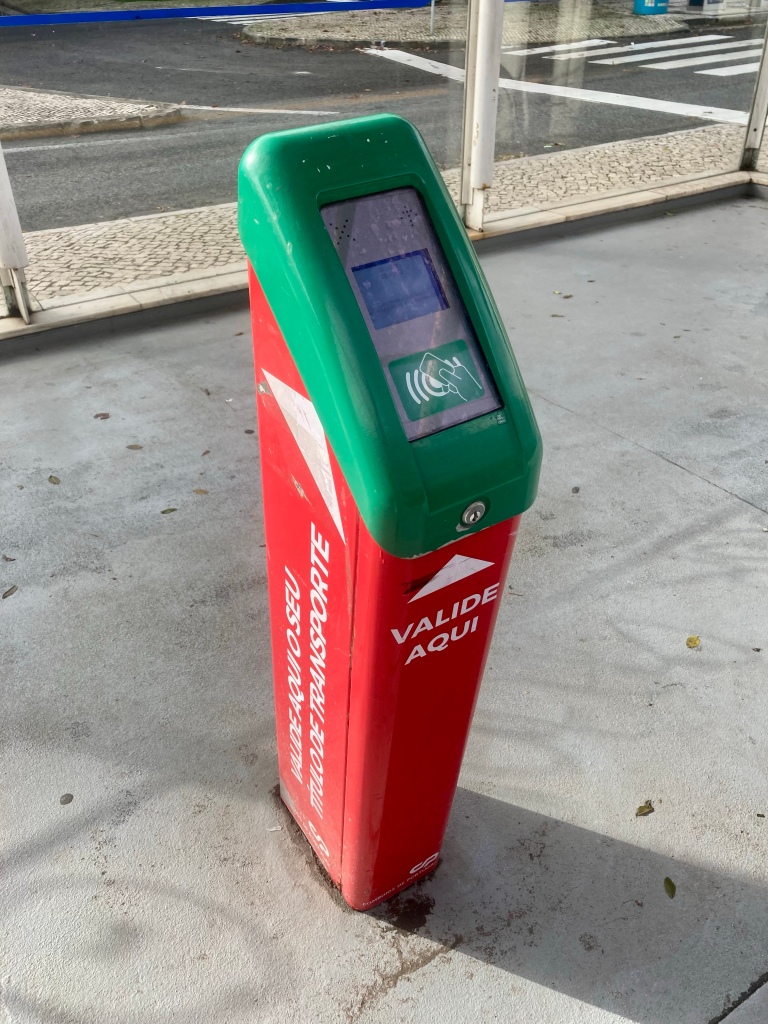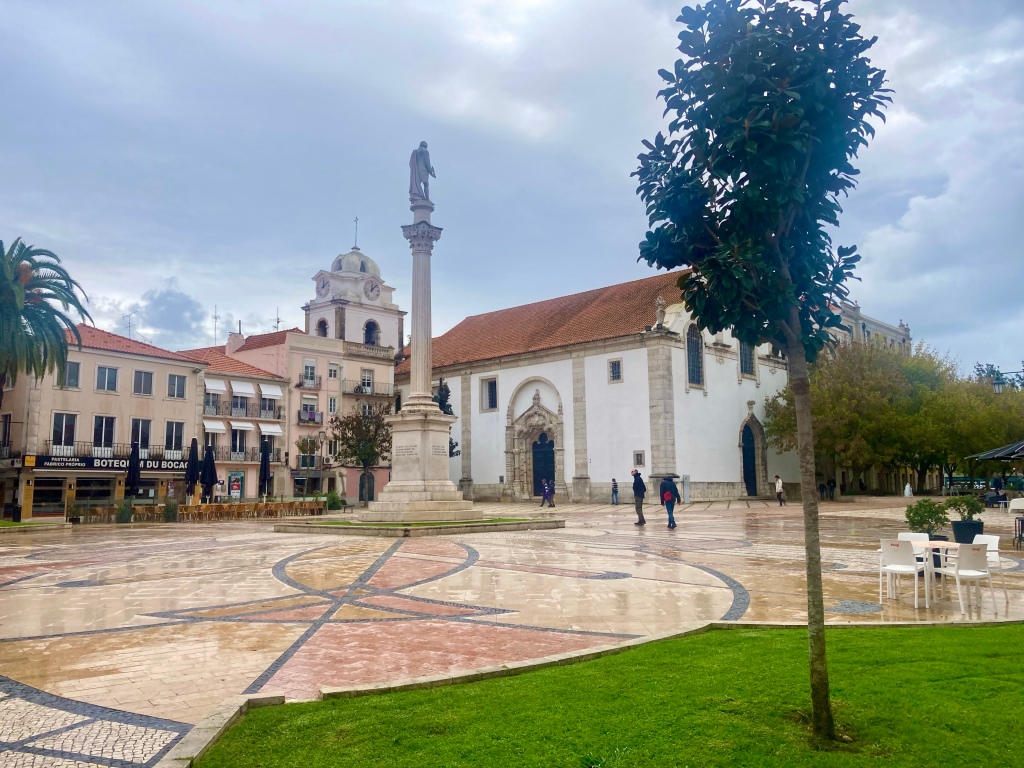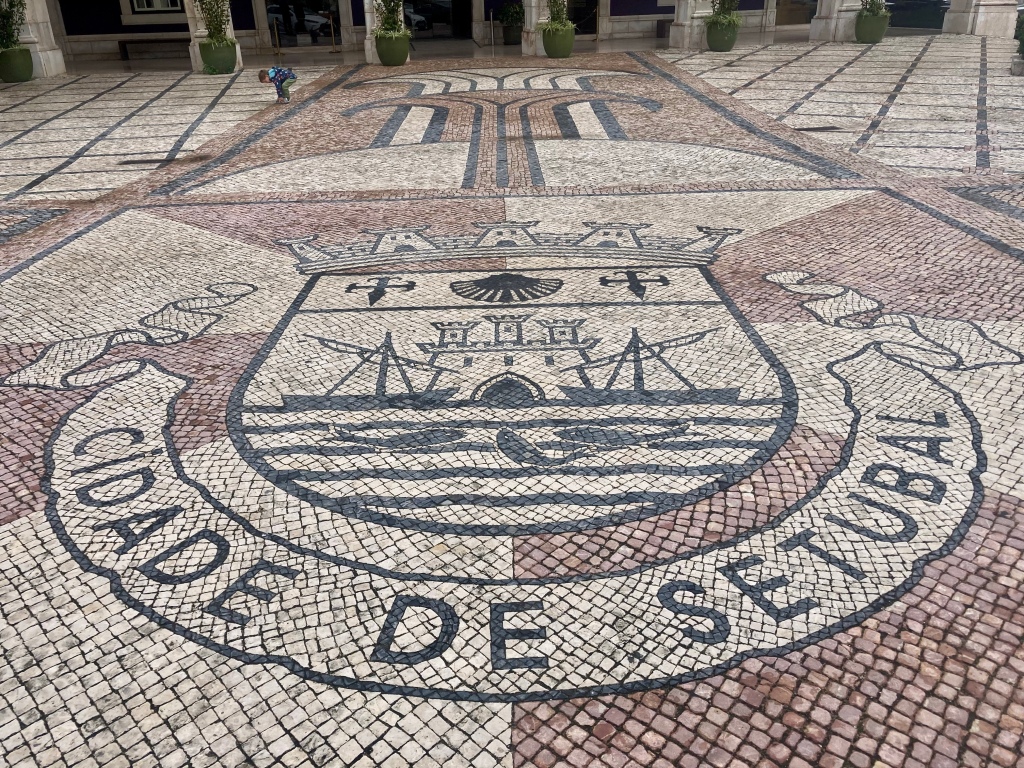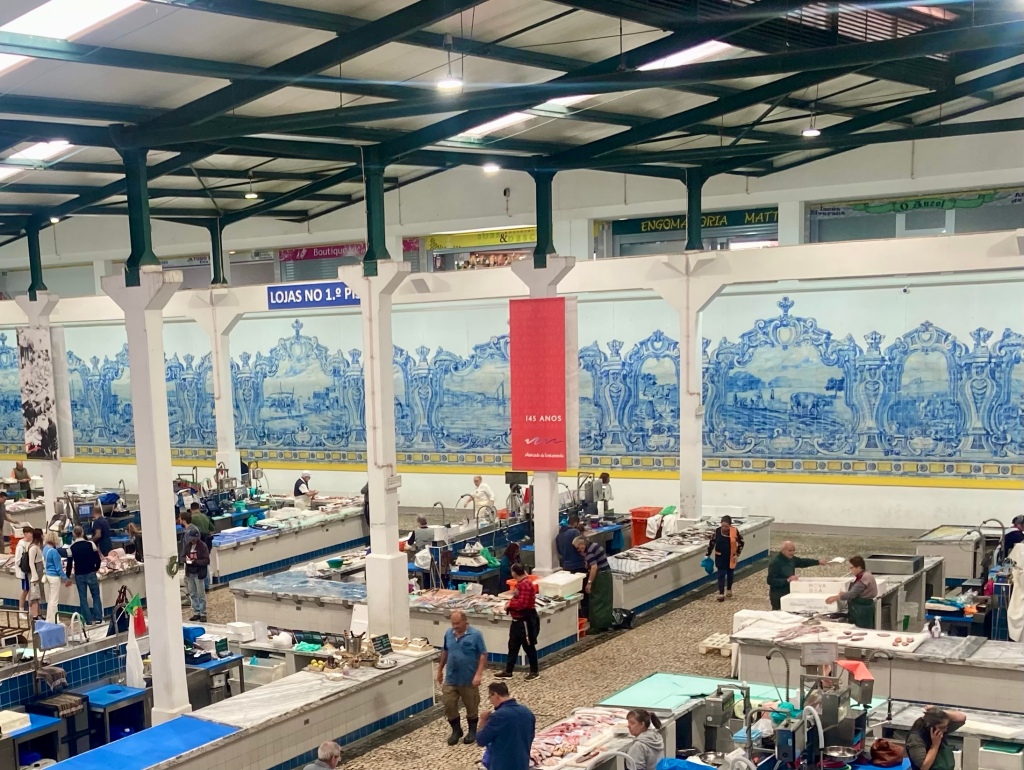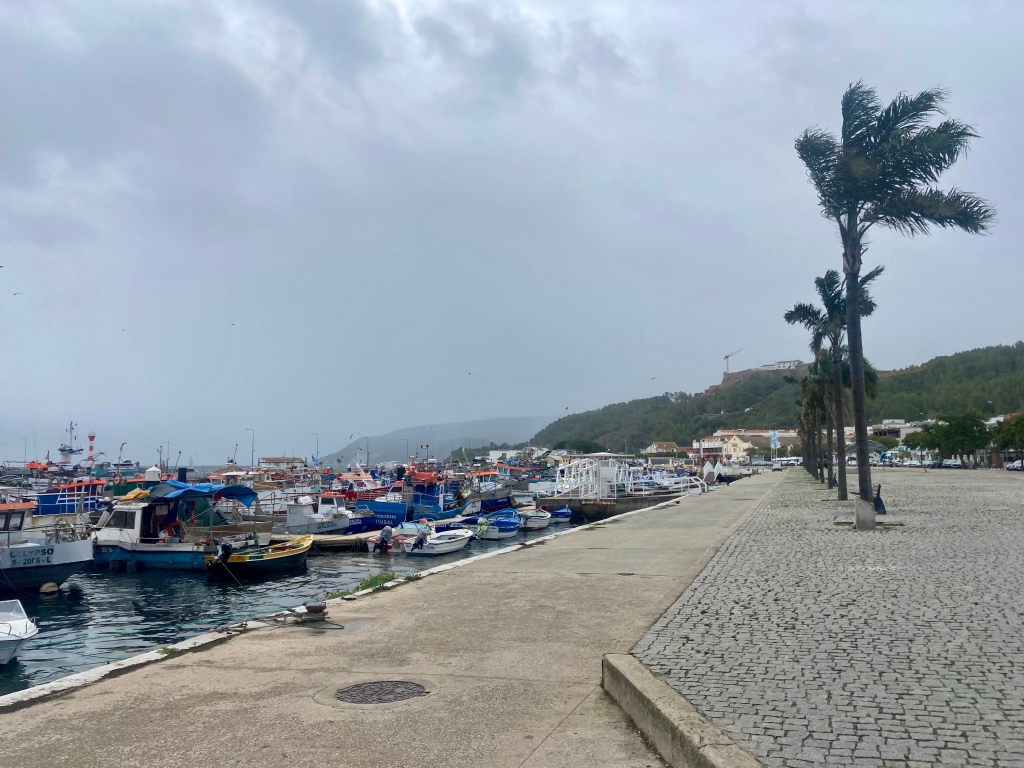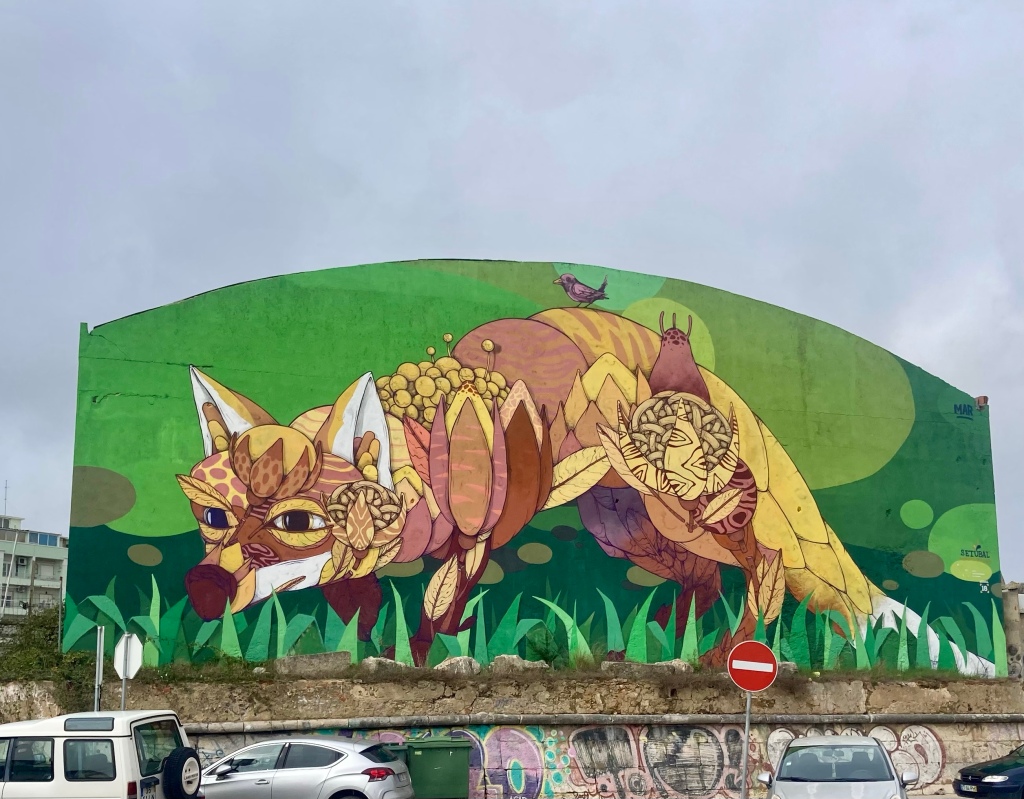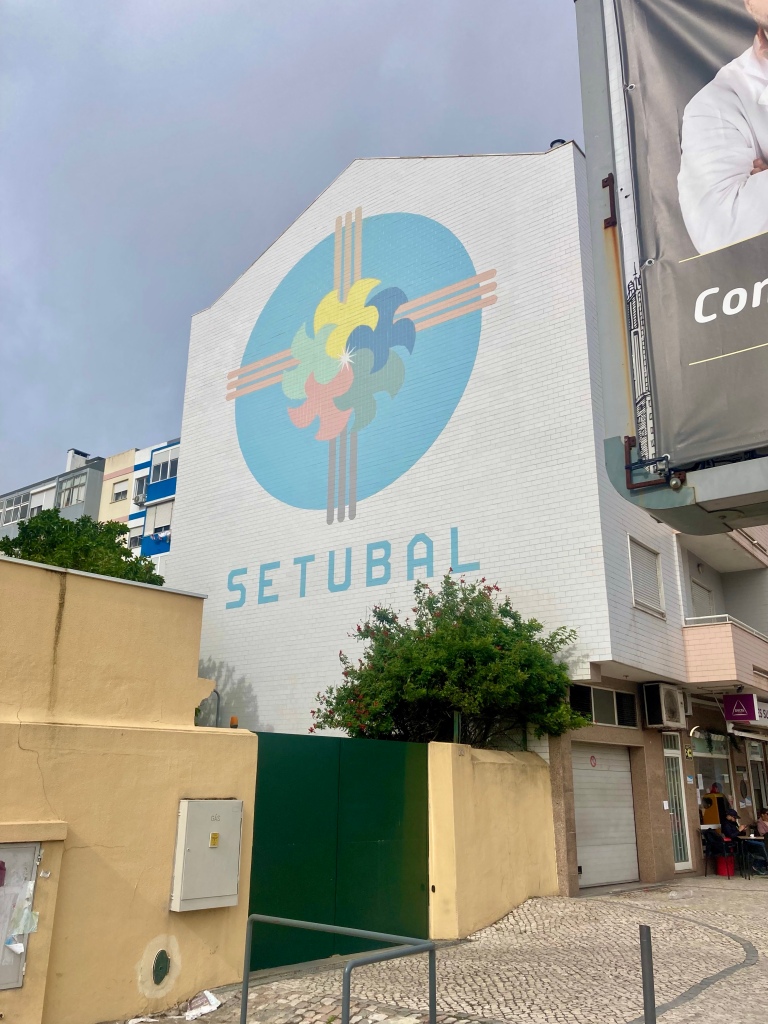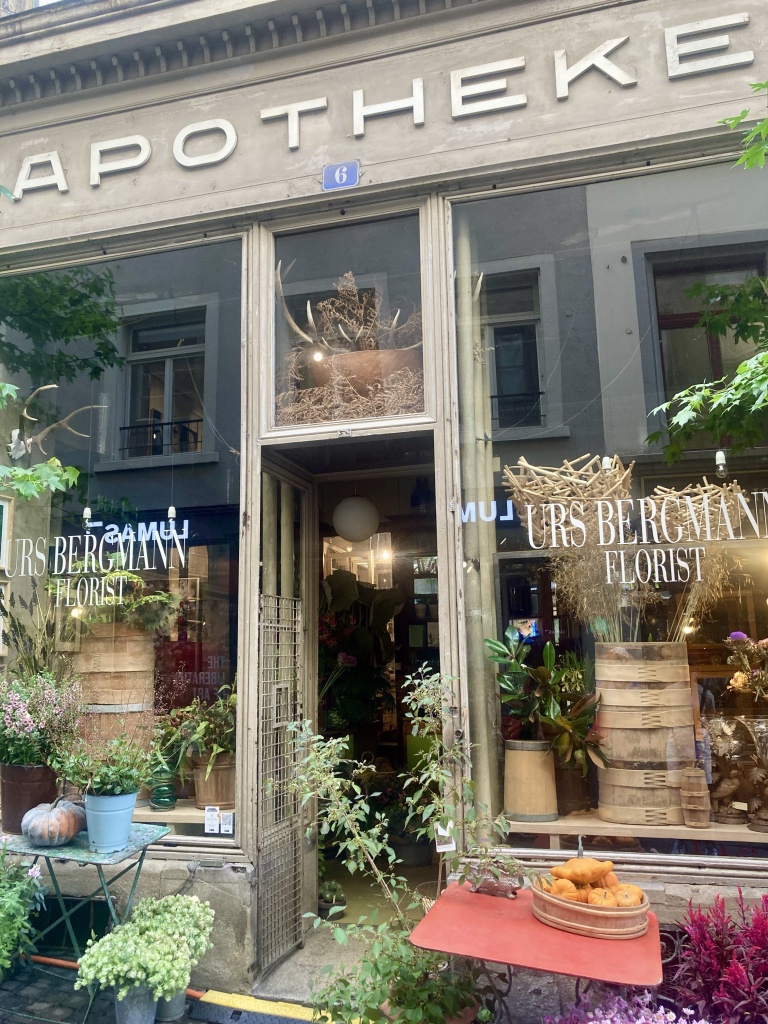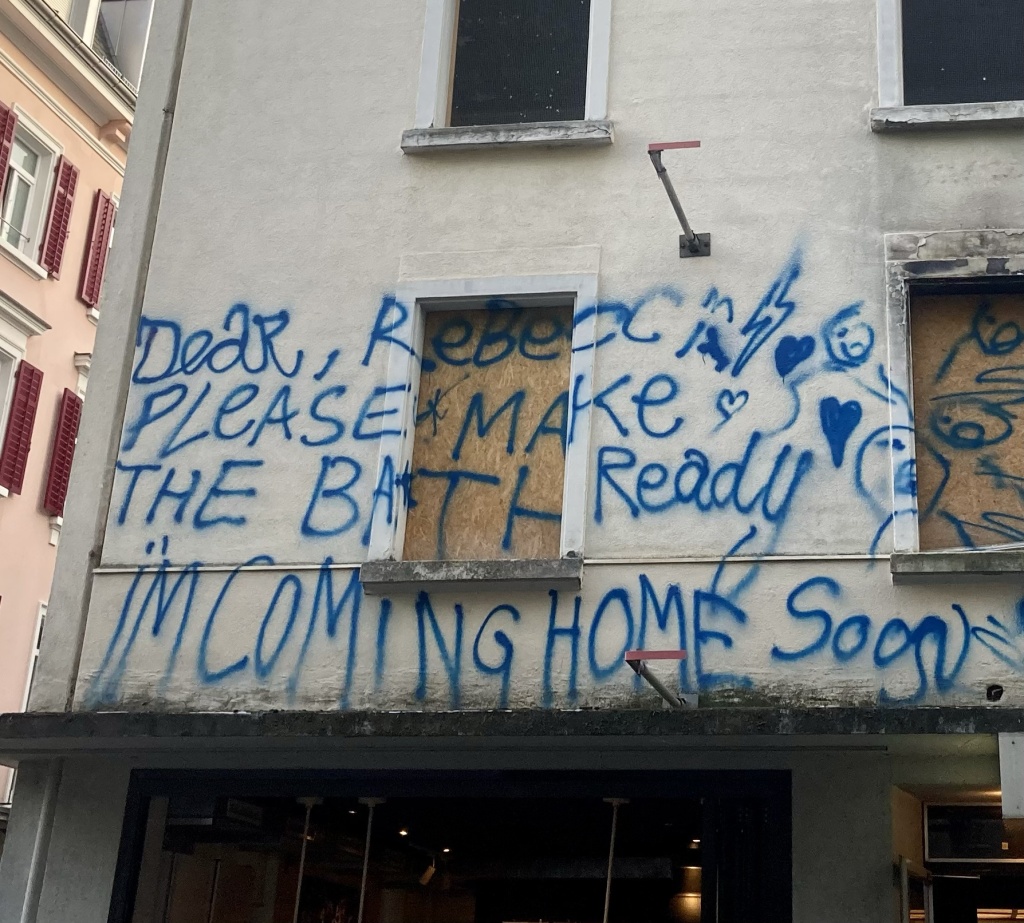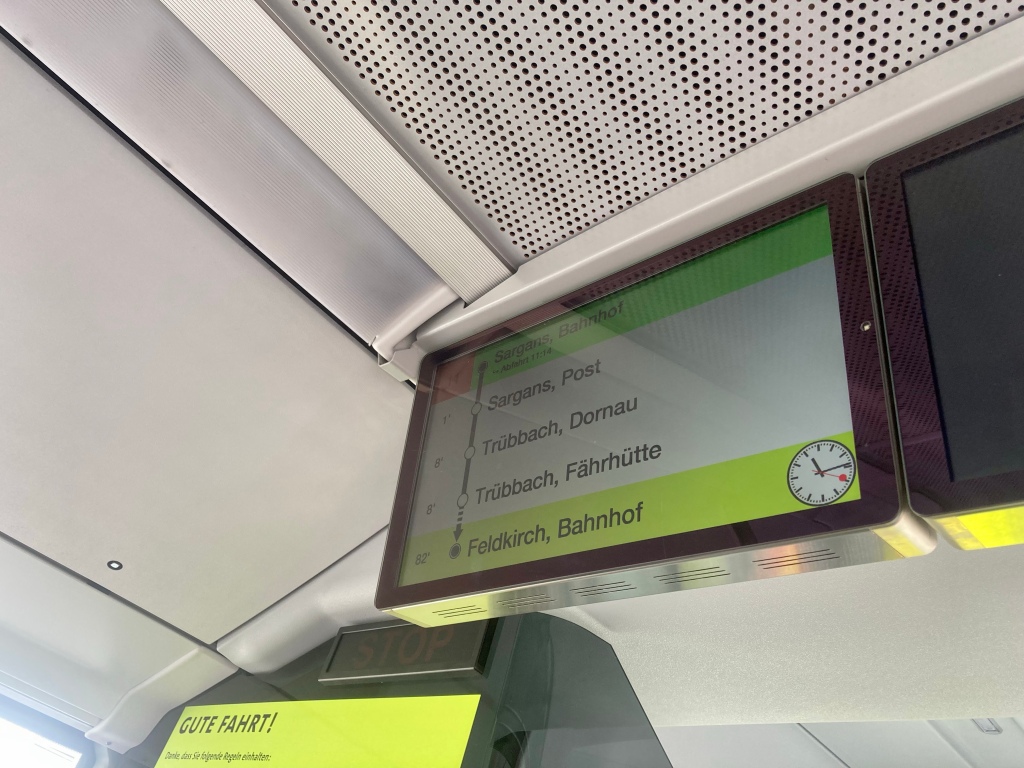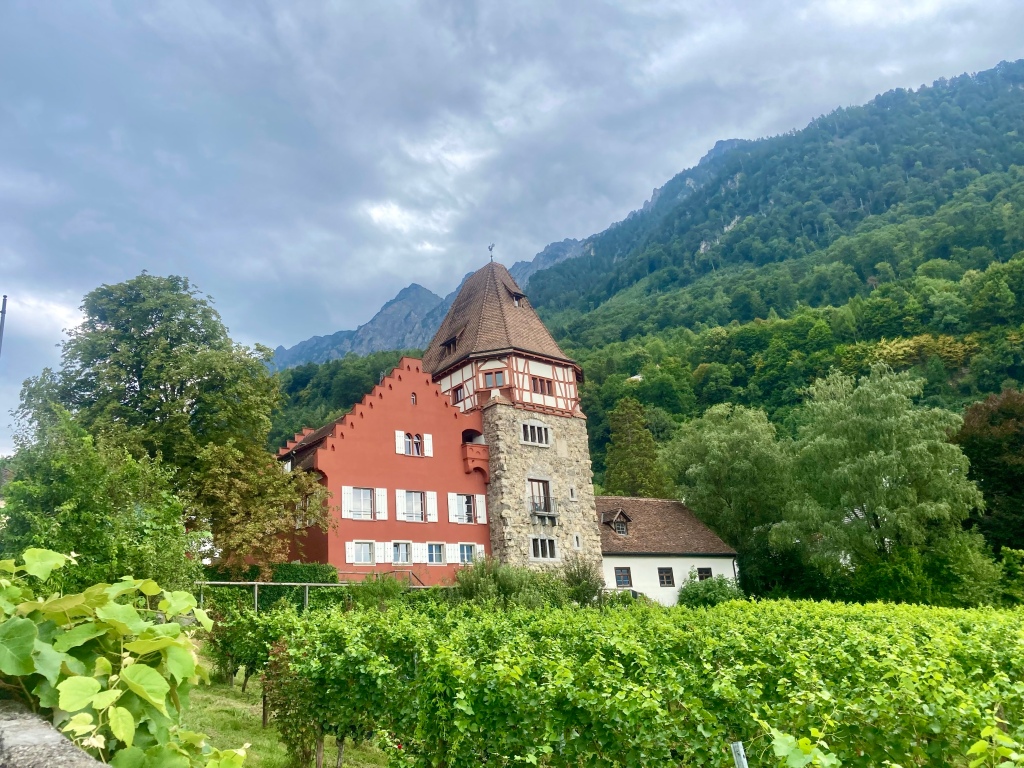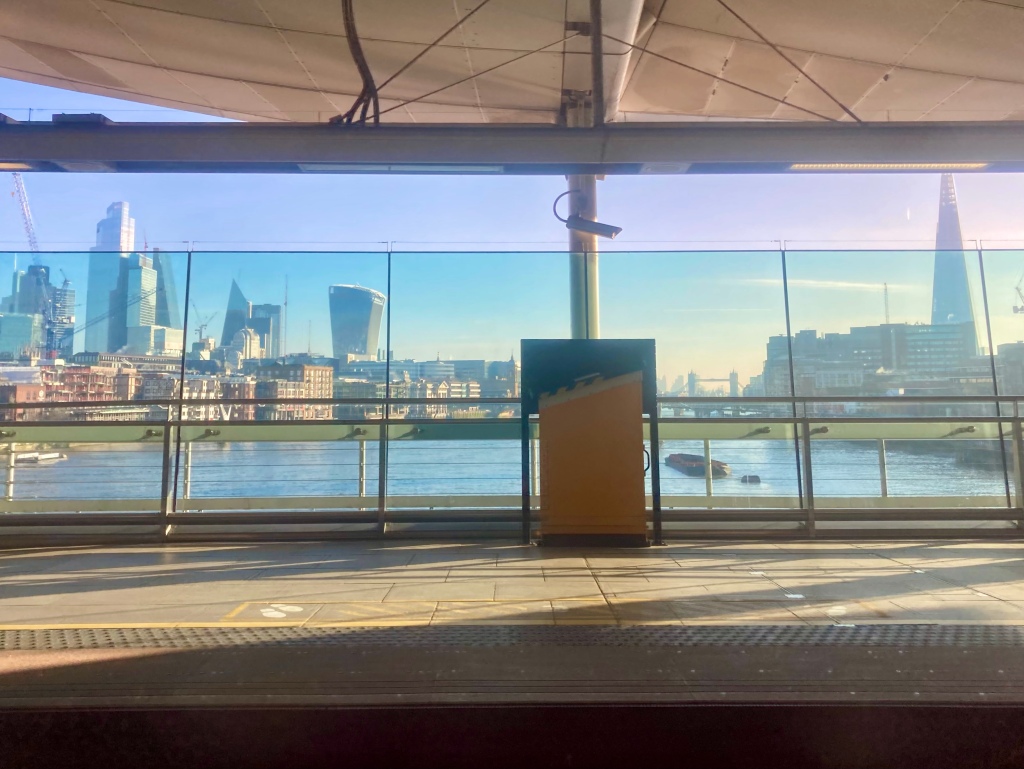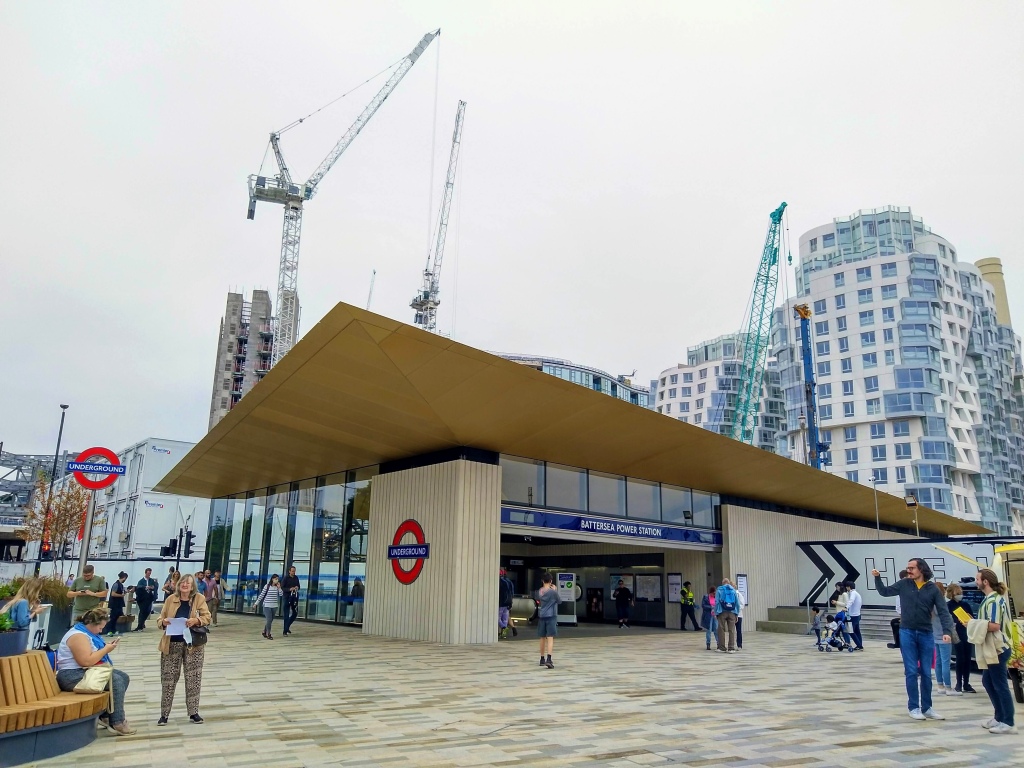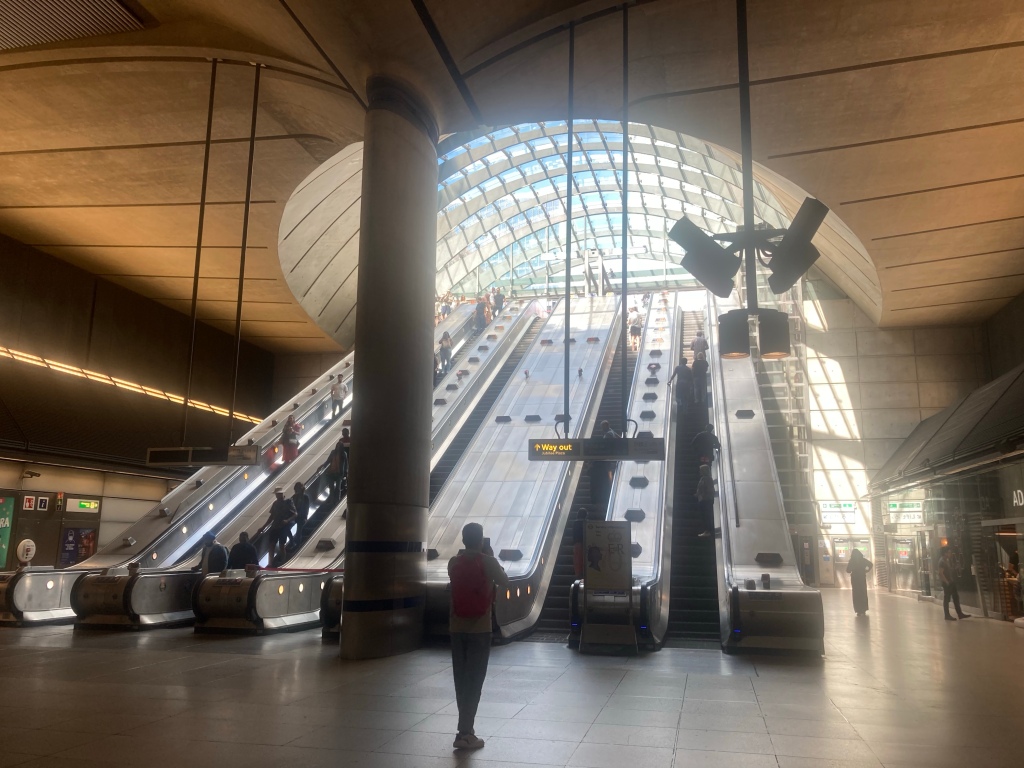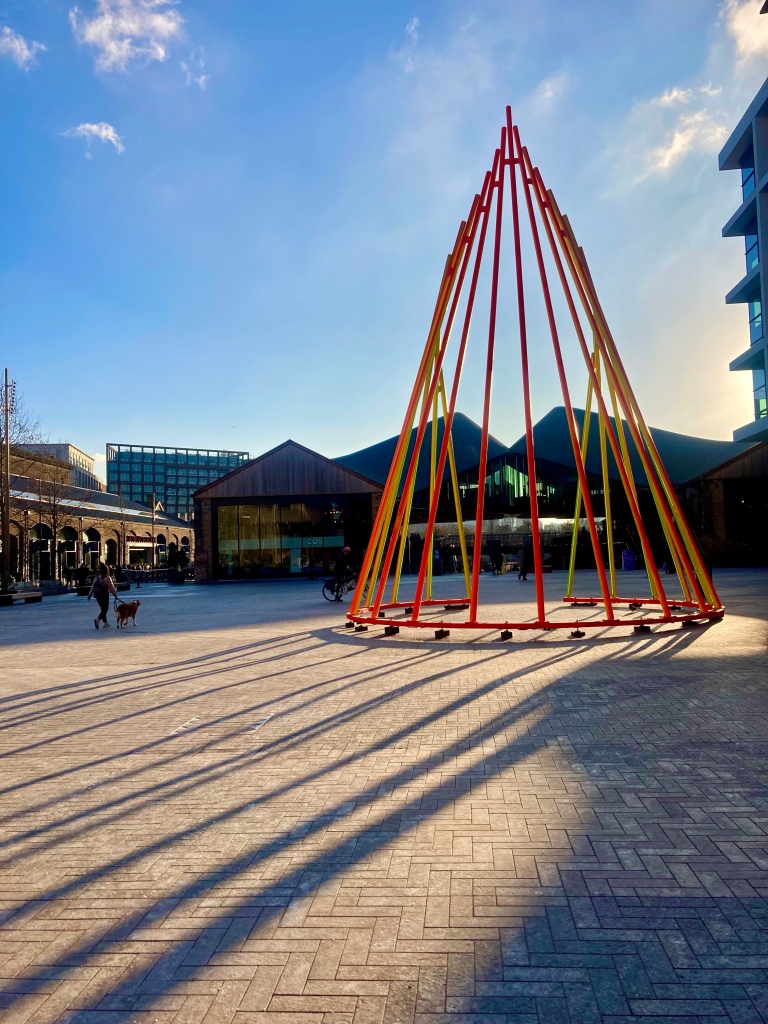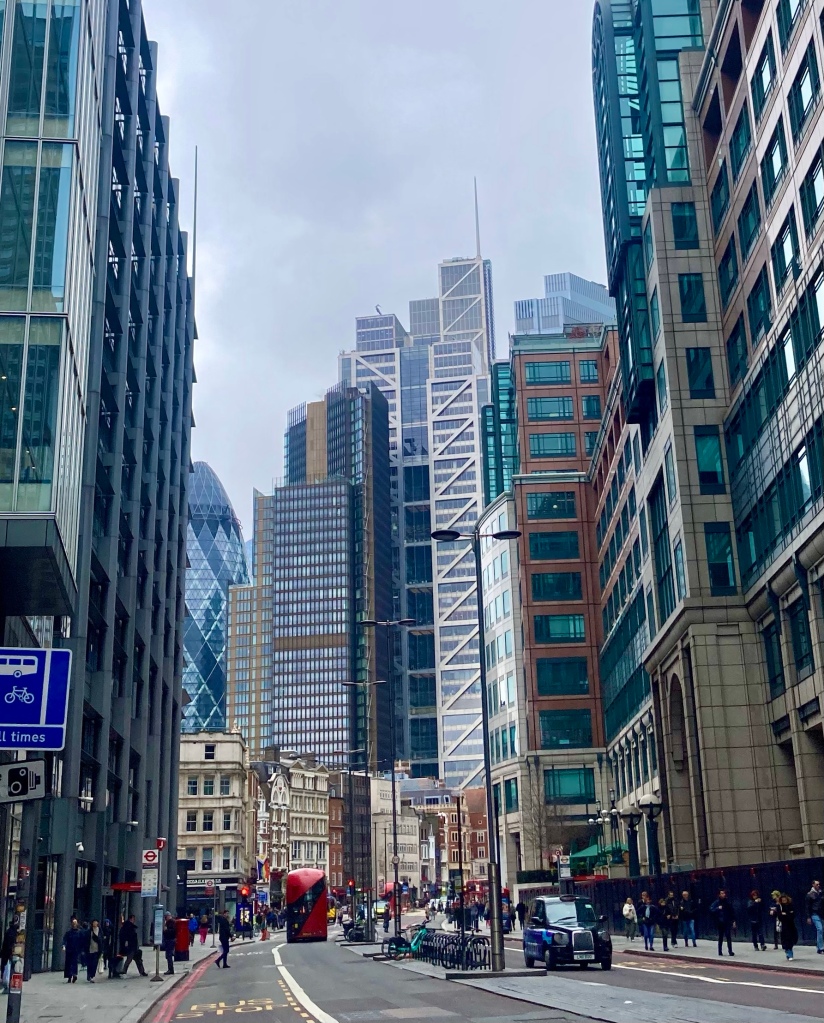
We’ve been planning to go to Bilbao for a long time, and so decided to choose it for our February half term break, with no great expectations of good weather at that time of the year (we were to be pleasantly surprised).
After a smooth flight with Vueling (a new airline for us, something of a rarity) we arrived at Bilbao Airport in the early evening. To get into the city centre there is a bus that runs every twenty minutes, we bought tickets for €3 each from the kiosk near the bus stop and joined the queue for the next bus. You can actually use the local transport cards for this which is a cheaper option, more on that later.
The journey to the centre took around twenty minutes, and included one of those wonderful moments where you arrive somewhere for the first time and see a sight that really makes an impression on you. This moment occurred as the Guggenheim Museum suddenly came into view, it was dusk and the light gave the building and area around it (including a sculpture reflected in a pool) an otherworldly look. I didn’t take a photo and doubt it would have done it justice had I done so.


After getting off the bus in the Gran Via, a long, tree lined boulevard, we were able to get a feel for the city straight away on the walk to our hotel in the old town, as we joined the many people out for an evening stroll. I always enjoy places where there is plenty going on later in the day and into the night.
We started our first morning in Bilbao by having a look at the beautiful stations on the other side of the river from where we were staying.


At the moment trains run from both La Concordia and Abando stations, which are next to each other, although once the high-speed Basque Y rail network is completed La Concordia will no longer be used.
We also saw the distinctive entrances to the Bilbao Metro, designed by Norman Foster.

I think it was already becoming apparent to us that beautiful and unusual architecture was one of the defining features of this city, and where better to explore this further than at the Guggenheim itself.



After seeing the various sculptures surrounding the museum, we were able to buy tickets with minimal queuing to have a look inside as well. I quite enjoy modern art so I liked most of the exhibits, but from what I’ve heard it’s not to everybody’s taste. The ground floor was mainly participative, with large shapes that you could walk inside, a somewhat disorientating experience. Part of the gallery upstairs was closed, but we were able to see works by Jeff Koons, Gilbert and George, and Andy Warhol.



It’s an interesting building to walk around, designed by Frank Gehry and opened in 1997. I was looking up what other buildings he had designed and realised that we’d seen some of his buildings just a couple of weeks before – some unusual residential blocks at the newly developed Battersea Power Station. We also once had a meal under his giant Fish sculpture in Barcelona.

The museum is on the banks of the Nervión River which meanders its way through the city, we walked a bit further along to see the Zubizuri Bridge, designed by Santiago Calatrava. I’ve mentioned Calatrava in some of my other blog posts, and he’s one of my favourite architects. In addition to the bridge, he also designed Bilbao Airport, which we found to be light and with a feeling of space, despite its relatively small size.

Crossing the bridge took us to the Artxanda Funicular, which goes up to a spectacular viewpoint. We were able to use a local travelcard called a Creditrans barik that is available at ticket machines in metro stations, tram stops etc. This card costs €3 and you can then load it with as much credit as you need, the fare being deducted each time you travel. It gives a big discount on ticket prices so is definitely worthwhile if you’re going to be there for a few days, and is particularly convenient for families as one card can be used for up to ten people. As an example of the fares, it cost €0.65 each for a single on the funicular, €0.96 for one zone on the metro and €1.14 for the bus back to the airport.



We’ve been on quite a few funiculars in the past, but I think this one wins the award for the best views at the top.




Once back down at the bottom it was a nice walk along the river back to our hotel in the old town, which is full of narrow streets and the Plaza Nueva (or Plaza Barria), one of those atmospheric squares busy with people sitting outside bars and eateries that Spain does so well.


The first time we walked through the Plaza Nueva there was a stage area that was displaying a large model of a fish, it was only later in the evening that we found out what it was all about. We were having dinner in a nearby restaurant when we heard some sort of procession going past, and could see the fish being carried along followed by people with candles. A bit of research revealed that this was the “Burial of the sardine”, a tradition that takes place across Spain during the carnival period. The fish model we saw was being carried to a nearby square where it was going to be burned, this took place on Shrove Tuesday but I think it is often on Ash Wednesday as well. It was in this restaurant that I had something I’d had many years ago in Barcelona – cheese ice cream. It was accompanying a very tasty bread pudding with caramel sauce.

We’ve visited quite a few football stadiums on our travels and I’d heard good things about the San Mamés, home to Athletic Bilbao. It certainly lived up to expectations, with one of the best football museums we’ve been to, followed by a self guided tour of the stadium. As an added bonus there were very few people, unlike some of the other tours we’ve done, and we were able to buy tickets on the day rather than needing to book a slot in advance.



In need of some refreshment we found a café further into the centre that had wonderful cakes, I tried the local speciality called a “Carolina”, which was a pastry base topped with a lot of meringue.

I’m always on the lookout for small museums especially if they’re of local interest, and that certainly applied to the Basque Nationalism Museum, an exhibition about the history of the Basque culture in the surrounding region. I like being in places with more than one language, and Basque is so completely different to the other languages I’ve come across in Spain, such as Catalan and Valencian (which is very similar to Catalan). Those I could work out quite easily, which definitely wasn’t the case with Basque.

Our meal out that evening was in a Chinese restaurant that was typical in every way except one – it had robot waiters. These are still quite a rarity so it provided us with much amusement! The robot would glide along and turn to face the relevant table with food on a tray, you then have to take the food and press a button on the side to make it go away. A clever marketing tool as the restaurant was very busy, partly I’m sure down to its nice food but I’d imagine the robots also draw in more customers.

The next day we got the metro along to Portugalete, a little town to the west of the city. We walked down to the nearby river, on the way there were travelators in one of the steeper streets. We’ve seen outdoor escalators in Barcelona and Lisbon, but never travelators.

One of the highlights of the area is the Vizcaya Bridge, a UNESCO World Heritage Site. This is a transporter bridge which uses a suspended gondola to carry vehicles and foot passengers across the river, and there aren’t many of them left. It’s quite fun to go on and we were able to use our Creditrans card to pay the €0.55 per person crossing fee.

After crossing the bridge we had a very pleasant walk along the seafront all the way to Algorta, a picturesque little town, passing some big sandy beaches and grand houses on the way. The temperature got up to 26°C, much warmer than you’d expect in February, and actually the hottest part of Spain on that day.





The weather wasn’t nice all the time and the next day was quite rainy, so we were glad to spend some time inside the Itsasmuseum, which tells the tale of maritime Bilbao. It was very detailed and had lots of information about the recent redevelopment of the city as a whole.


Bilbao has some wonderful buildings, and on our final afternoon we walked along the Gran Via again, which is the main shopping district.




One final highlight on the way back was being able to see more Calatrava architecture in the airport.








